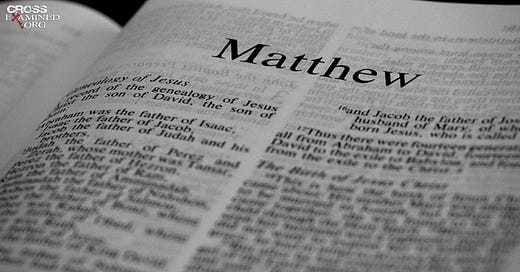Family Matters
Reflecting on the Fourth Sunday of Advent: Three Days after Sunday (Year A)
Scripture
Psalter: 1 Samuel 2:1-10
Old Testament: Genesis 37:2-11
Gospel: Matthew 1:1-17
___
Prayer
God of promise, you have given us a sign of your love through the gift of Jesus Christ, our Savior, who was promised from ages past. We believe as Joseph did the message of your presence whispered by an angel, and offer our prayers for your world, confident of …
Keep reading with a 7-day free trial
Subscribe to Faith Seeking Understanding to keep reading this post and get 7 days of free access to the full post archives.




